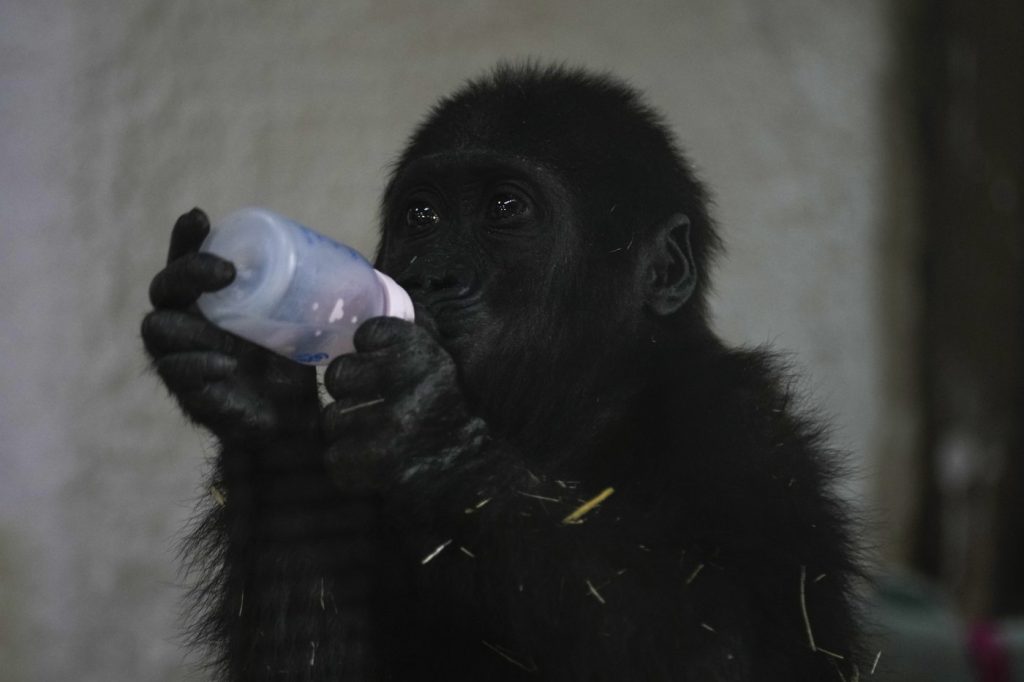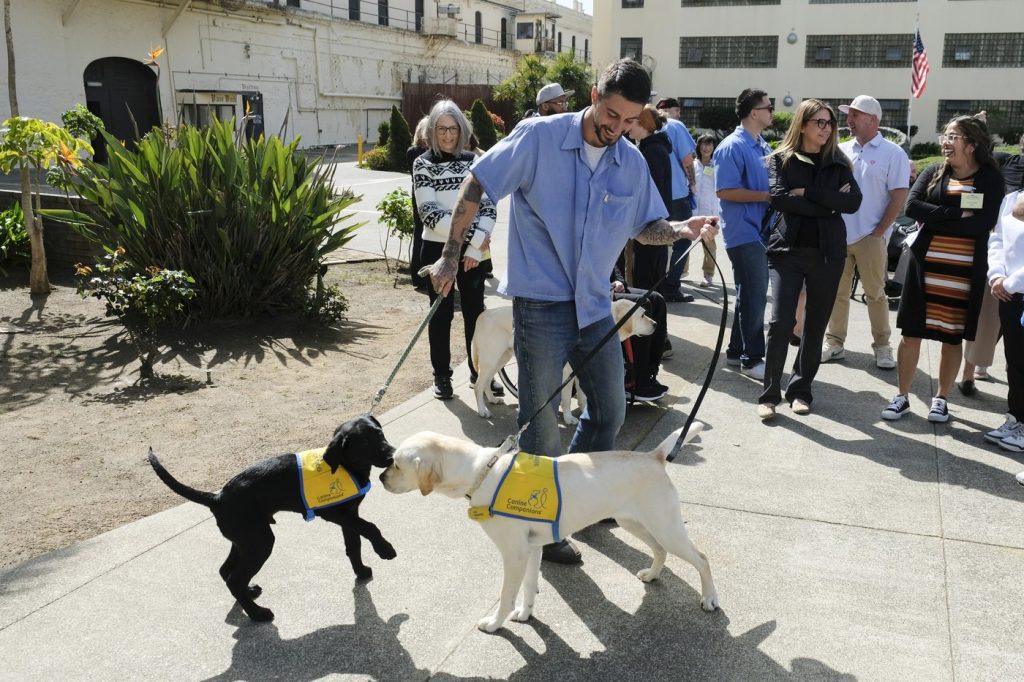Kayla Chege, a 15-year-old high school student from Kansas, exemplifies the growing trend of teenagers using artificial intelligence (AI) for a variety of personal needs. Chege interacts with ChatGPT to seek advice on mundane tasks such as back-to-school shopping, makeup colors, and food choices, as well as planning birthday parties for herself and her younger sister. While she consciously avoids using chatbots for homework, she acknowledges that many teenagers perceive AI as a valuable companion that can provide emotional support and friendship.
According to a recent study by Common Sense Media, over 70% of teens have used AI companions, with half of them engaging with these tools on a regular basis. The study highlights the emergence of platforms likened to “digital friends,” such as Character.AI and Replika, which can be personalized and provide emotional support, alongside traditional question-and-answer AI like ChatGPT. Concerns about the impact of AI on human relationships are mounting, as experts worry about issues like loneliness and deteriorating mental health among youth.
Ganesh Nair, an 18-year-old from Arkansas, articulates the appeal of AI, noting that these tools are always available, never judge, and validate users’ feelings. However, he expresses a desire to distance himself from AI as he prepares for college, especially after witnessing a friend use an AI companion to draft a breakup text, which he found unsettling. Nair fears that reliance on AI could undermine genuine human relationships.
The Common Sense Media survey reveals that 31% of teens find their interactions with AI companions to be as satisfying, or even more so, than conversations with actual friends. Despite recognizing the reliability issues with AI advice—50% of teens express distrust—one-third have discussed significant personal issues with AI instead of with trusted individuals. Lead researcher Michael Robb warns that parents, educators, and policymakers need to acknowledge these trends, as the unregulated AI landscape becomes increasingly intertwined with adolescent lives.
Robb emphasizes the importance of developing social skills during adolescence, arguing that AI interactions may lead to insufficient preparation for real-world relationships. A risk assessment by the nonprofit examined multiple AI platforms, uncovering insufficient age restrictions and potential for harmful content. As a result, they recommend that minors avoid AI companions.
Widespread concerns have emerged regarding the cognitive impact of AI on youth, especially concerning their creativity, critical thinking, and social abilities. A notable incident involved a tragic case where a 14-year-old boy from Florida took his life after developing a deep emotional attachment to a Character.AI chatbot. Psychology professor Eva Telzer from the University of North Carolina at Chapel Hill highlights that many parents remain unaware of the extent to which children are engaging with AI.
Telzer’s research indicates that even children as young as 8 are interacting with generative AI, often to explore their sexuality or find companionship. Her focus groups reveal that teens frequently use applications like SpicyChat AI, which is intended for adult audiences. Moreover, many teenagers rely on AI for crafting thoughtful communications in sensitive situations, leading to a loss of trust in their decision-making abilities.
Seventeen-year-old Bruce Perry from Arkansas describes his dependence on AI tools to plan essays and manage social interactions, stating that he often prefers consulting ChatGPT for outlines rather than using traditional means. He expresses concern for younger generations, fearing that reliance on AI could diminish their motivation to engage in real-life activities and friendships.
Other teenagers concur, recognizing that while social media fulfills a need for visibility and connection, AI addresses deeper emotional needs. Nair defines this as a new form of addiction, suggesting that the emotional fulfillment provided by AI could lead to self-isolation rather than genuine social interaction.










